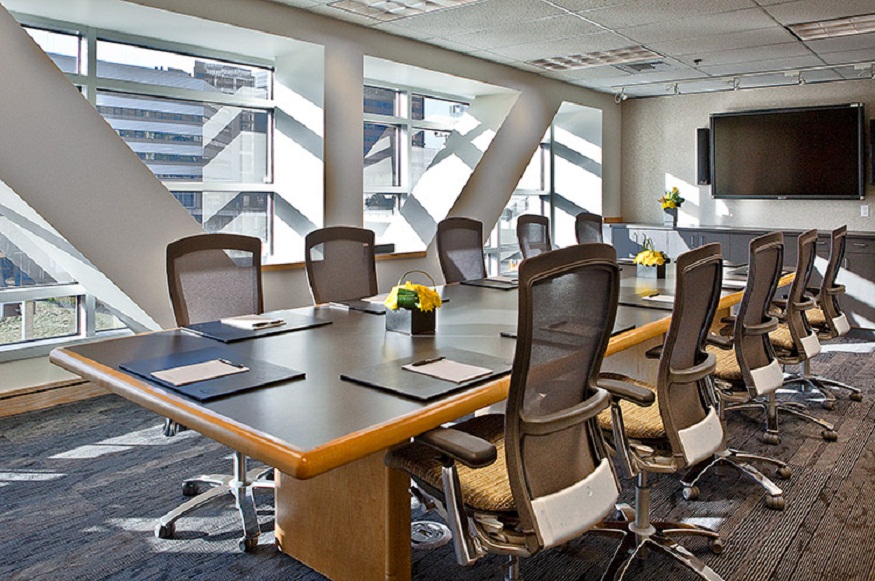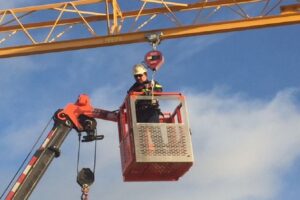Escaping The Boardroom: Why Offsite Meeting Spaces Spark Better Ideas

There’s something undeniably stale about a typical office meeting. The same four walls. The same chairs. The same whiteboard filled with the same recycled ideas. Even with the best intentions, creativity tends to plateau in a predictable environment. That’s one of the key reasons offsite meeting spaces have become increasingly popular among forward-thinking businesses looking to shake things up, inspire their teams, and foster more meaningful connections.
Breaking Routine to Boost Results
Routine can be productive, but it can also become a rut. Studies in cognitive psychology suggest that a change in physical environment can improve memory recall, increase attention spans, and even enhance creative thinking. In a new setting, our brains are naturally more alert and open to fresh perspectives.
Offsite meeting spaces, by design, disrupt the norm. Whether it’s a sleek, modern conference center or a versatile performing arts venue, these spaces invite participants to engage differently. When people aren’t confined by their usual surroundings, they often feel freer to share ideas, take risks, and collaborate more openly.
Design Matters More Than You Think
One of the underappreciated benefits of choosing an offsite meeting space is the intention behind the design. Many of these venues are purpose-built to foster interaction and connection. From flexible seating arrangements to natural lighting and acoustics, these details influence how people interact with each other and with the content being shared.
Imagine replacing stiff office chairs with comfortable seating that can be reconfigured to match the energy of the discussion. Picture stepping out of a fluorescent-lit cubicle and into a room with high ceilings and inspiring views. That atmosphere doesn’t just look better. It feels better, and it supports better communication.
Offsite Meetings Are About More Than Space
A good offsite meeting space is more than a location. It’s a service. From event planning support to catering and audio-visual setup, these venues offer professional guidance that frees organizers to focus on the agenda, not logistics. That kind of support can make or break the success of a large team gathering or strategic offsite.
In many modern venues, staff act as partners in the planning process, not just people who unlock the doors. That means whether you’re leading a team-building session or hosting a corporate training day, you have professionals at your side who are experienced in helping businesses bring their vision to life.
Collaboration Thrives in Community Settings
Great offsite meeting venues understand that events are about people first. That’s why community-focused centers often make the best meeting spaces. When you book a venue that treats guests like partners, not customers, you’re more likely to create an environment where your team feels welcomed, respected, and empowered to participate fully.
These venues take pride in being part of something bigger than just a business transaction. They see themselves as part of the local ecosystem, and that hospitality shows up in how they treat their clients. The best spaces are the ones where people return not just because the space was functional, but because the experience was memorable.
Versatility Makes All the Difference
No two meetings are alike, and offsite spaces get that. From intimate strategy sessions to multi-day conferences, the flexibility to scale up or down is a big draw. Some venues offer large theaters for keynote speakers, smaller rooms for breakout discussions, and communal spaces that encourage informal networking.
This kind of adaptability is especially valuable for companies looking to do more than just deliver updates. When space can adapt to the purpose, whether it’s brainstorming, team building, or showcasing new ideas, it sets the stage for stronger outcomes.
A Strategic Investment in Team Engagement
Some organizations hesitate to hold offsite meetings because of the additional costs. But consider the return. Teams that gather in inspiring, thoughtfully designed spaces tend to be more engaged, more aligned, and more productive in the long run. Employees often see these events as a signal that leadership values their time, their input, and their experience.
Plus, when meetings are more impactful, fewer are needed. You can often accomplish in one well-run offsite what might take weeks of disjointed check-ins back at the office.
Finding the Right Fit
If you’re considering an offsite meeting space, look for a venue that aligns with your goals. Does it offer the flexibility you need? Are the staff experienced in supporting business events? Do they provide guidance through the planning process? Is the atmosphere professional yet welcoming?
You want a space that doesn’t just meet your logistical needs but elevates the experience for everyone involved. A venue that blends functionality with hospitality, like a convention center or cultural venue with a strong community focus, can help you create meetings that people will actually look forward to attending.
Conclusion
Offsite meeting spaces are more than a trend. They’re a reflection of how modern teams work best: with purpose, flexibility, and connection. Whether you’re recharging your leadership team or launching a new initiative, getting out of the office might be the best move you make.
By choosing an offsite meeting space that’s designed for collaboration, supported by experienced professionals, and built with community in mind, you’re not just planning a meeting. You’re investing in better ideas, stronger teams, and real results.








